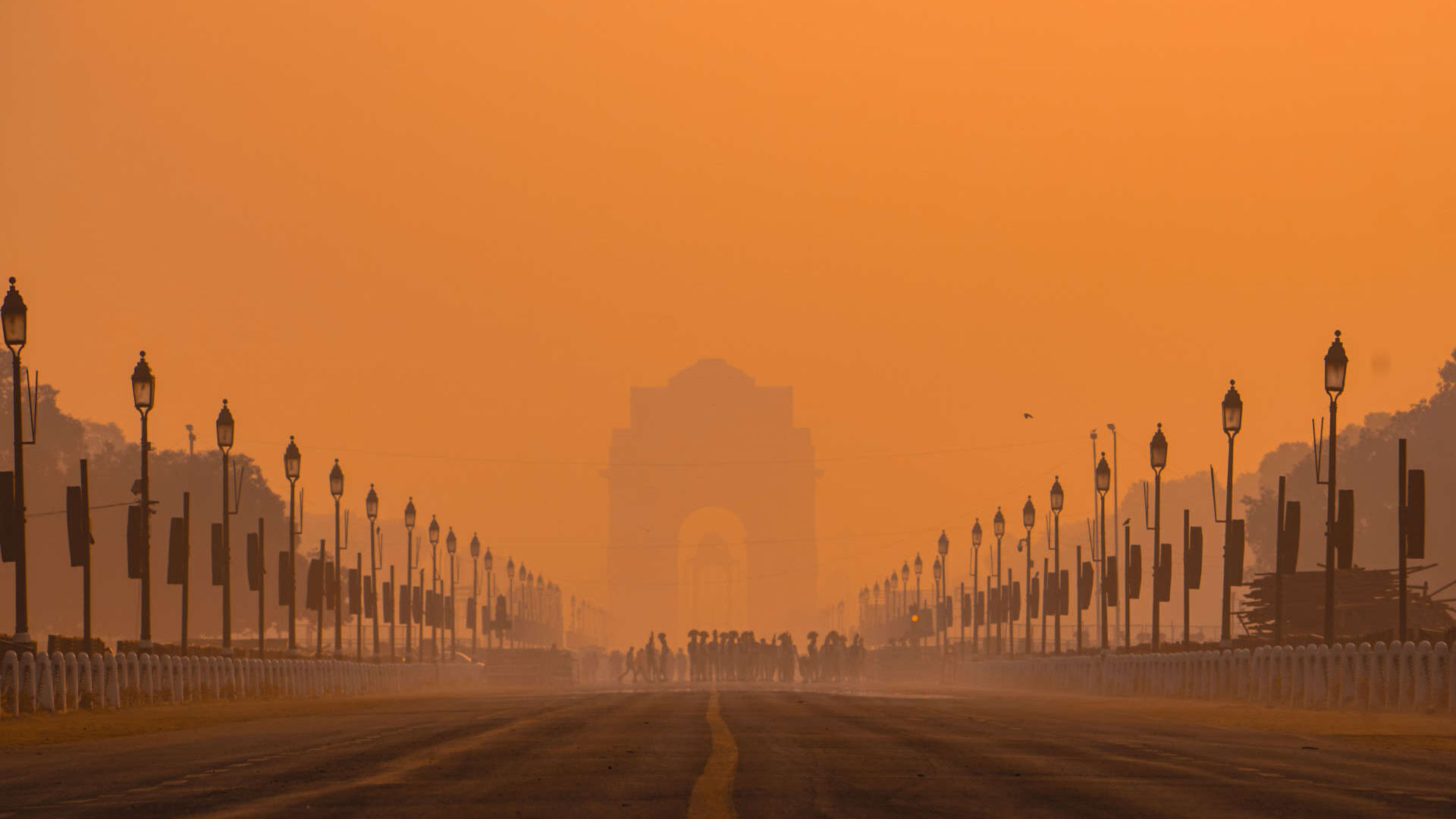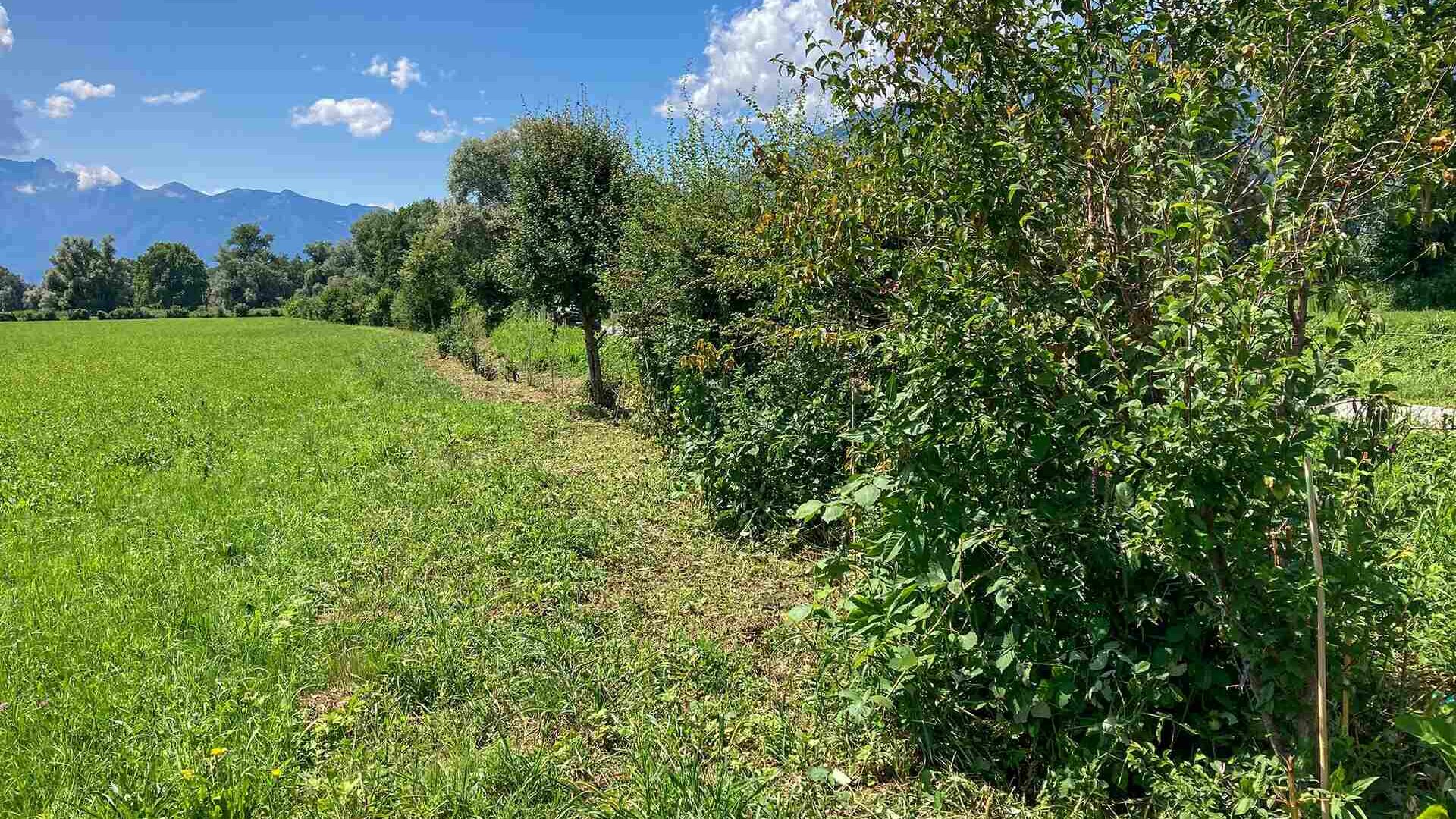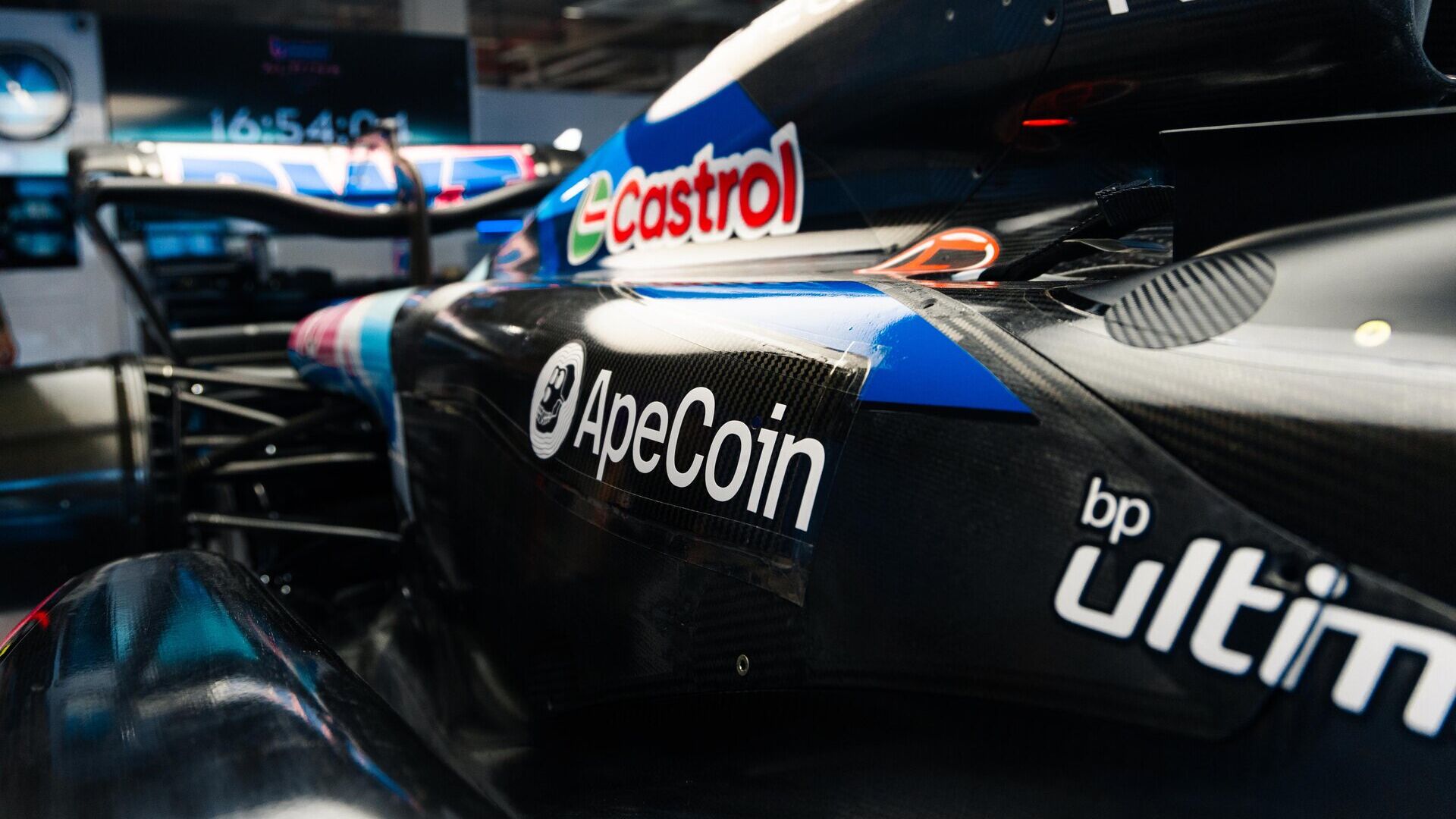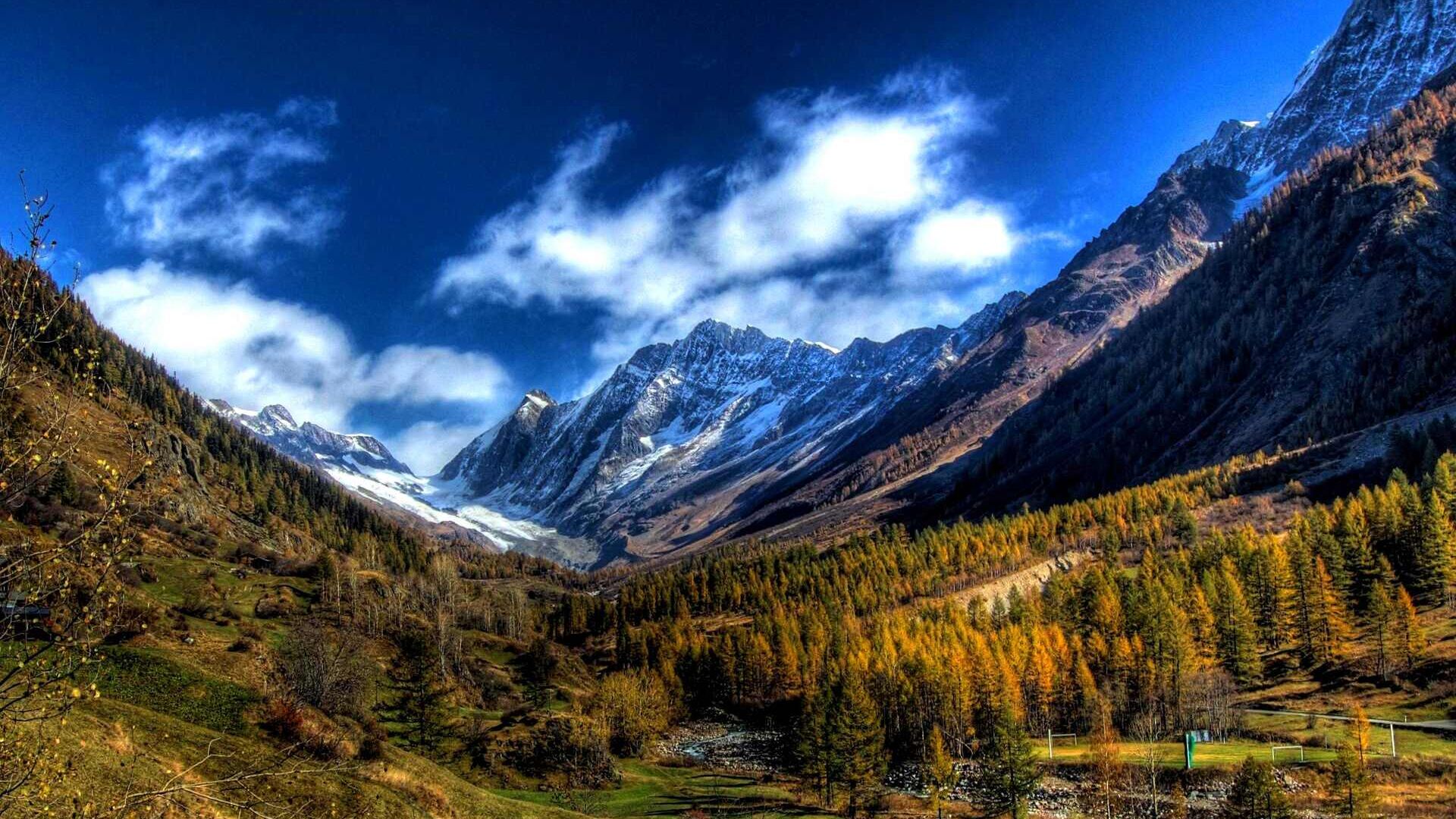Innovation and sustainability in Malaysia: discovering BiodiverCity
Thus Channels, Mangroves and Laguna: three "green" and digital islands in the shape of water lilies, 600-hectare parks and a 25 km seafront in Penang
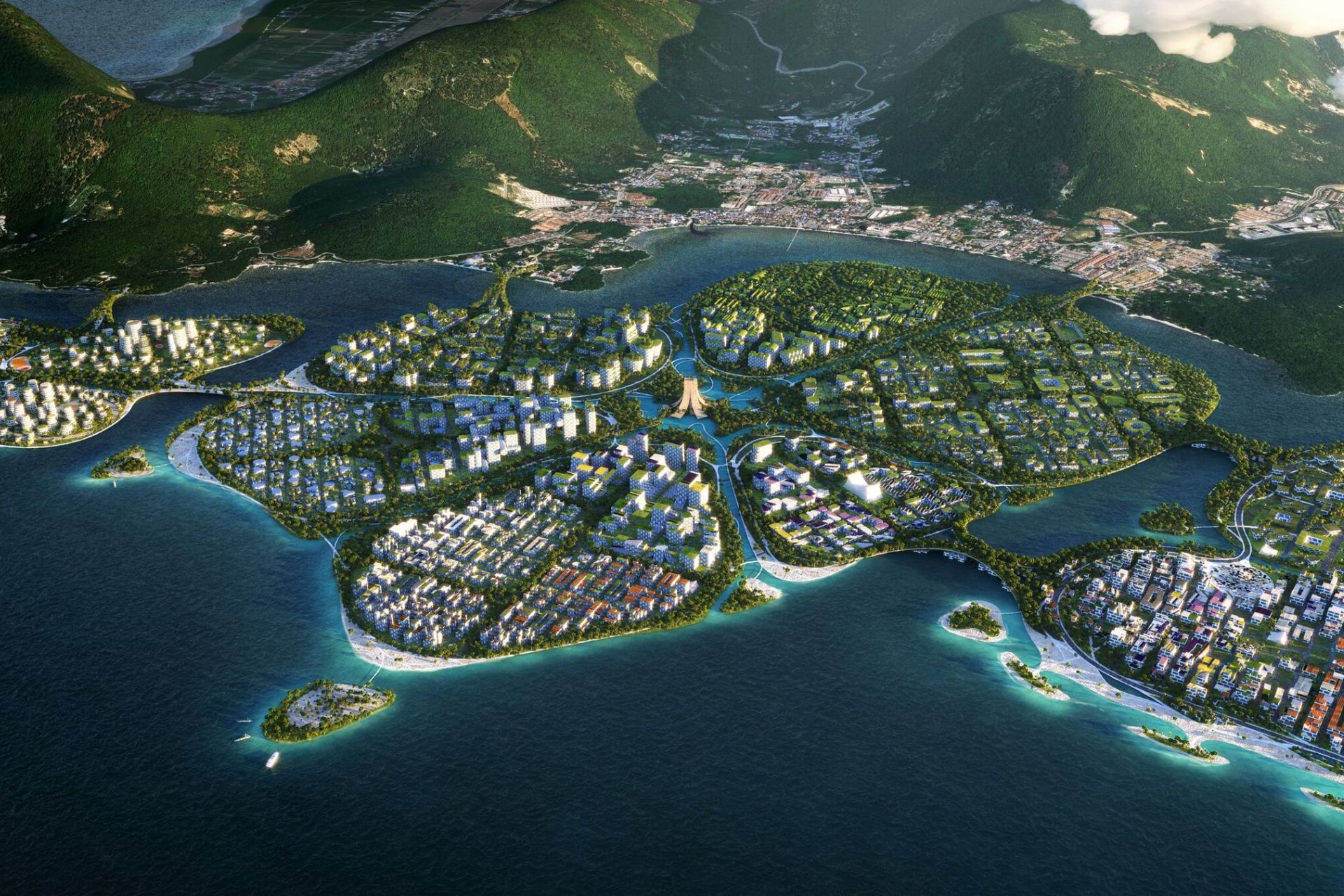
(Photo: Studio Bjarke Ingels Group BIG)
The world is transformed, hey climate changes they are but the tip of the iceberg of the upheavals taking place. There company promissory note needs are perfected and the need to create new cities, which respond to needs of sustainability at low impact ecological, have never been so pressing.
Protect the ecosystems, generate clean energy and build a future for generations to come means designing futuristic cities that create a close relationship and indissoluble between man and nature. If once upon a time cities were essentially born to get away from it and its dangers, time has shown us that abandoning green spaces has made us forget that we need it.
In these articles we want to take you on a discovery of the cities that we like, or that we will like: they were born, or will be born, to combine functionality, urban planning of the future and sustainability.
Let's start with Biodiversity, the city of Malaysia born from a 3D drawing, but which will soon become reality in full respect of nature.
Photogallery, the Malaysian ecological and technological city of BiodiverCity
Video, the three "green" islands of The Channels, Mangroves and Lagoon
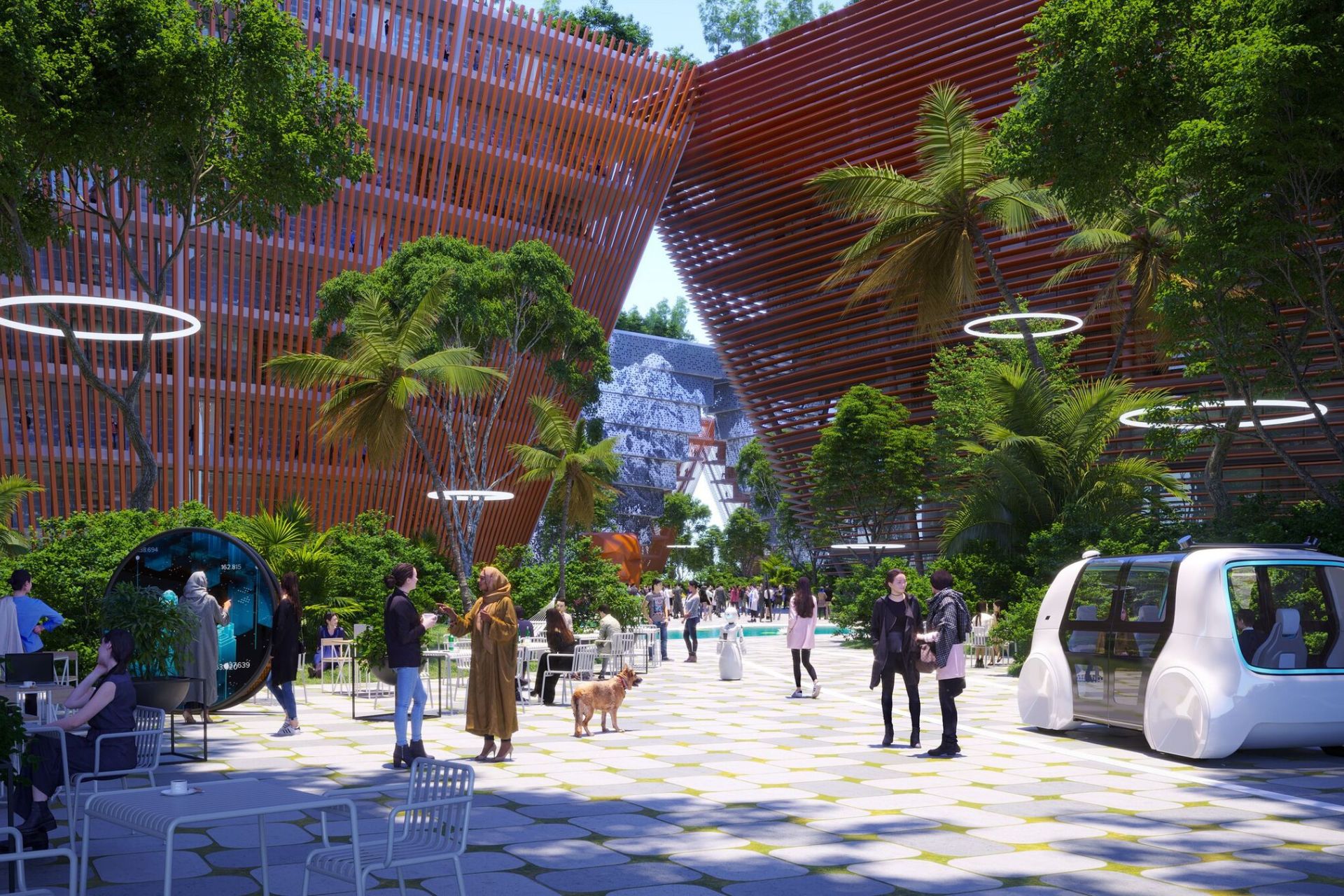
(Photo: Studio Bjarke Ingels Group BIG)
In 2030 the "Welcome" to Asia to BiodiverCity?
Biodiversity born from the dream of the architectural studio BIG (Bjarke Ingles Group) who, in collaboration with Hijjas and Ramboll, was selected as the winner of a competition promoted by Penang government, in Malaysia. The objective of this announcement was to redevelop the southern islands of the region, going to create the city of the future.
The name of the project is BiodiverCity, a bold play on words designed to immediately instill the message behind this futuristic project. And with BiodiverCity Malaysia and Penang yes they will expand on the water with the creation of three new artificial islands.
Imagine: 4,6 kilometers of public beaches, 600-hectare natural parks and a 25-kilometer seafront to significantly improve the quality of life of citizens and attract tourism. City and nature together: today still a dream, perhaps, but by 2030 this project could turn into reality.
Penang, Malaysia has been considered sort of for a few years now Southeast Asian Silicon Valley: a nerve center of research and development of new technologies that attracts brains from everywhere. This region is expected to become soon overpopulated, with all the consequences of the case: pollution, drastic decrease in the quality of life and increasing social gaps.
Il strategic plan Penang 2030 thus born from the need to create a space in full compliance with the rules and philosophy behind urban engineering, with an eye also to environmental impact. Liveability, ecology e social and economic inclusiveness underlie the construction of a floating city on a human scale. Indeed, of all men.
XZERO, a self-sufficient smart city is born in Kuwait
Dubai smart city: Stefano Boeri's vertical forest is coming
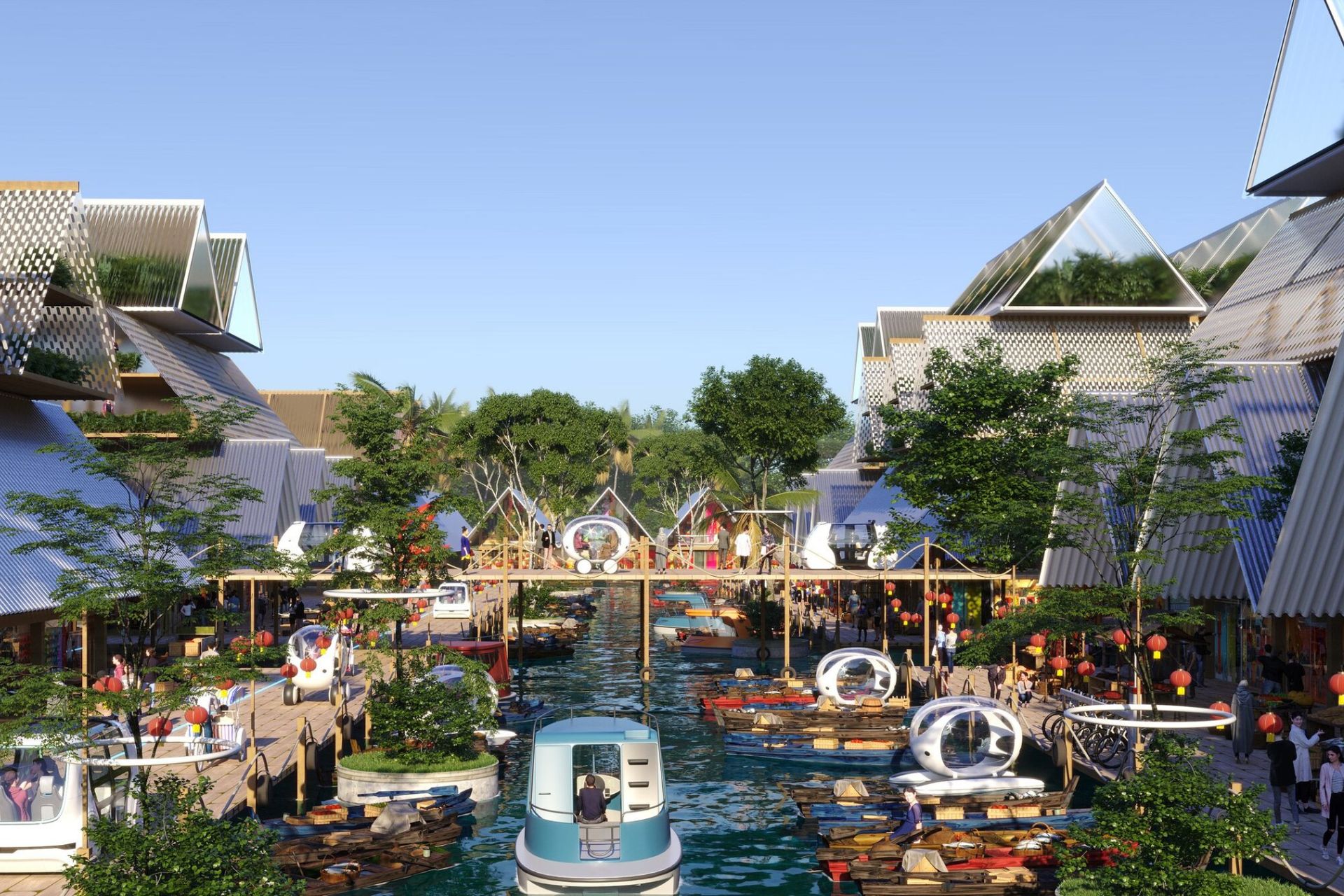
(Photo: Studio Bjarke Ingels Group BIG)
The city of the future will be shaped like… a flower
The floating city of BiodiverCity will rise up three artificial islands which will arise following the reclamation of the coast of Georgetown, the capital of Penang. Not only a project for the city of the future, but also every planner's dream who, before putting his hand to software, above all loves to ask himself the questions that underlie the quality of life: public spaces, accessibility and much more.
BiodiverCity will therefore become one city of the futurebut will remain deeply rooted in Malaysia's colorful culture for millennia crossroads of populations.
Imagine BiodiverCity: three islands shaped like water lilies, Channels, Mangroves and Laguna, connected by a complex islet network smaller ones radiating from the center, like petals. No cars in BiodiverCity: we move on foot (where everything is also within the reach of the elderly) or by bicyclea.
I self-driving public transport they will connect the most distant areas of the city, and will move by land, air or water. The beauty of this project is that you imagine it in modular and scalable optics: the coast surrounding the islands has not only an aesthetic function, but it is also the instrument through which, in the future, the city will be able to develop in compliance with the urban planning idea at its origins.
Each of the water lilies will host houses and shops, but above all squares, meeting areas, public parks and forests, habitat imagined to protect Malaysia's biodiversity which has been at risk of extinction for years. Each of the islands will be able to accommodate up to 20 inhabitants.
“The Line”, a 500 billion dollar Saudi linear city, will be done
Are Wood Cities the future? Finland's green example
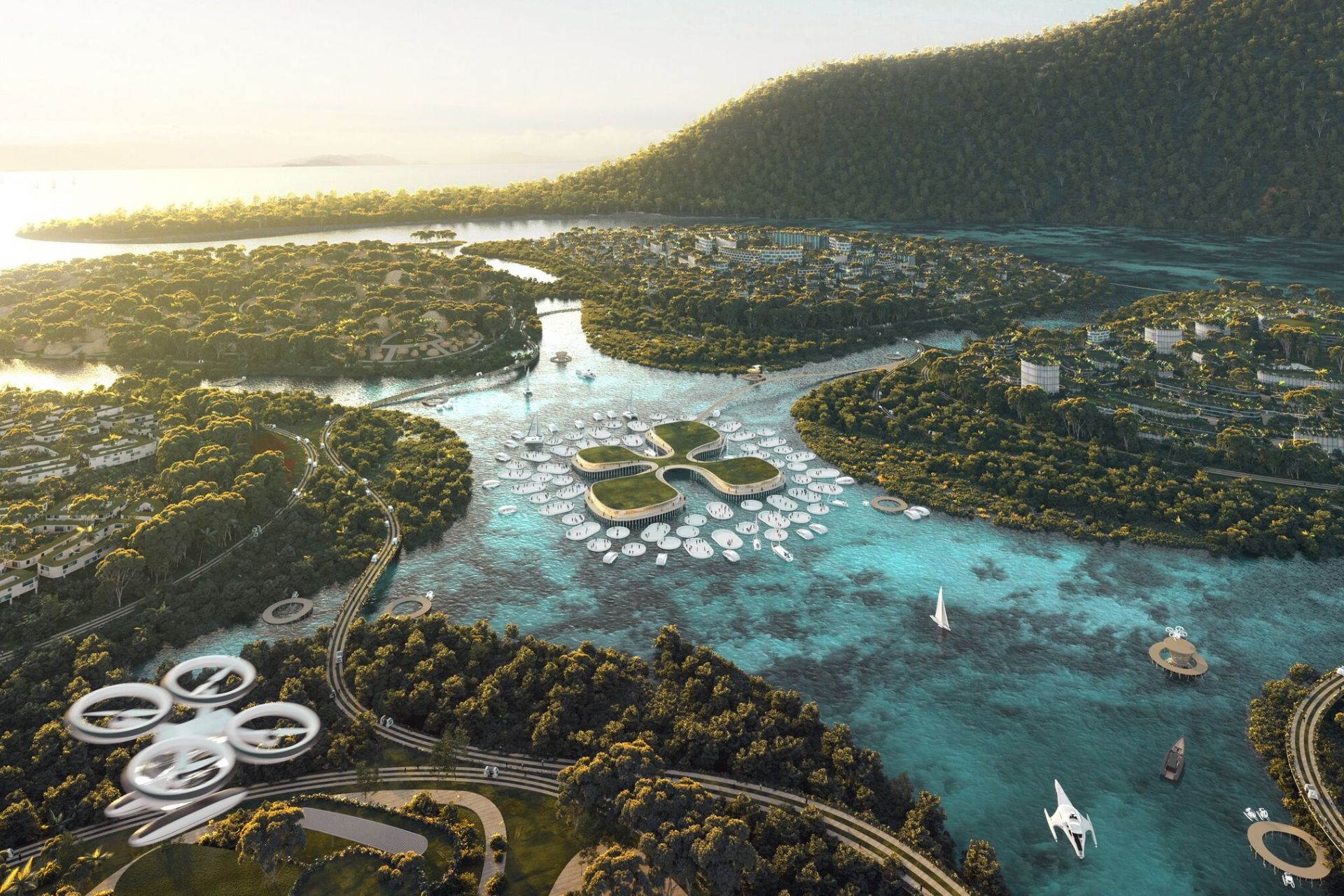
(Photo: Studio Bjarke Ingels Group BIG)
bamboo and “green” cement derived from waste
All BiodiverCity homes will be imagined with a view to sustainability and low emissionsThey. The making with zero kilometer materials is the key behind the success of the project. The dwellings will be build in Bamboo o local woods, but also "green" cement deriving from the "composting" of industrial waste and recycled products.
Laguna, the residential island, will have for example a marina and an maze of floating dwellings which will rise on terraced stilt houses. A project will also be started around the islands reconstruction of marine habitats in order to support well-being and the reproduction of native species.
This city was born with the idea that human beings, in order to live better, must spend their lives in a city capable of reconnecting them to nature without causing damage, but only mutual benefit.
The urban planning of the future is this: highly livable cities, capable of reconnecting man to the earth and reducing the social gaps between young and old, but also between rich and less well-off.
Smart and green: here is the new Chinese city designed by Aedas
Barcelona + Bologna: there is a digital twin for two cities
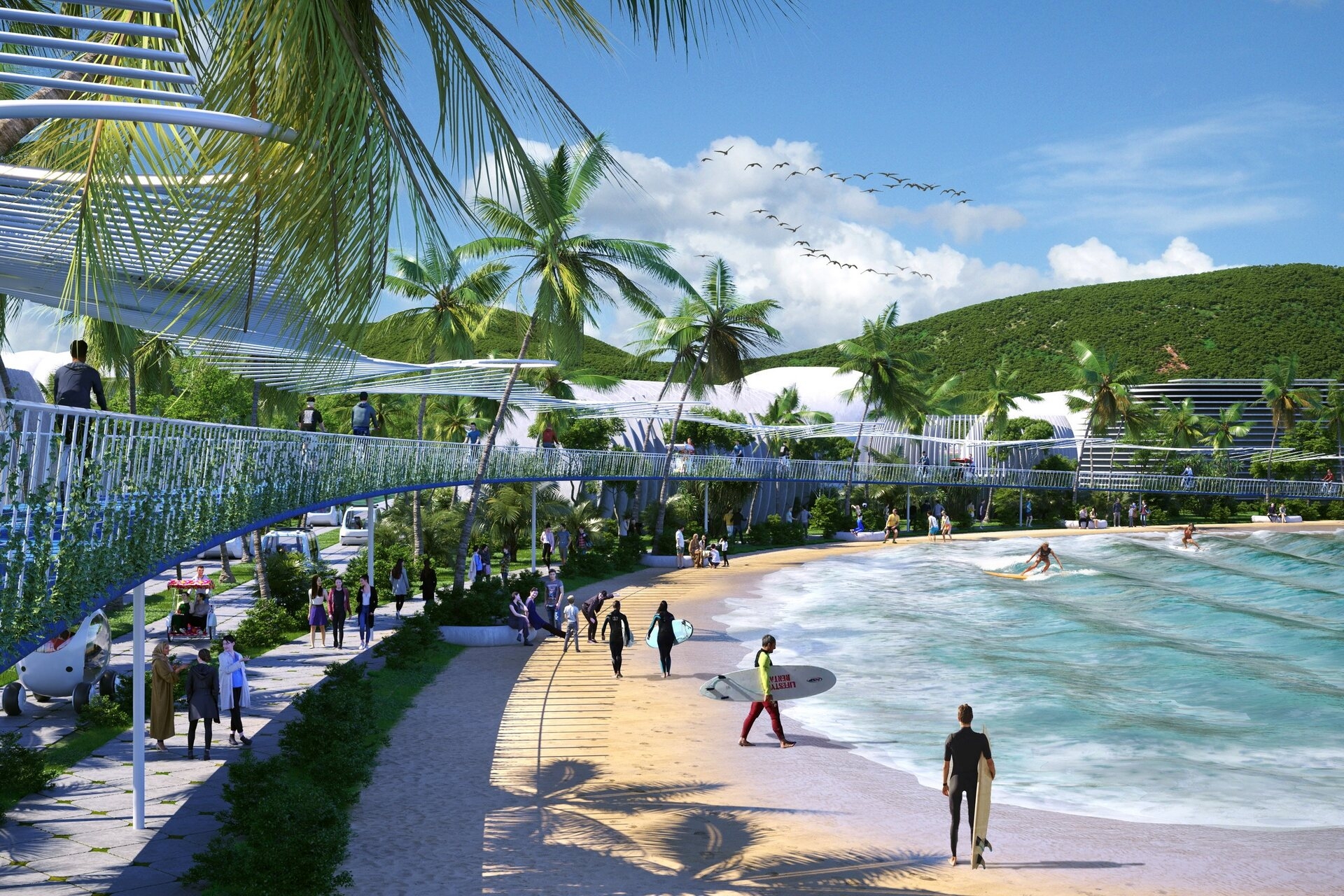
You may also be interested in:
How to clean New Delhi's stuffy air: the study
Research into the particulate matter that asphyxiates cities in northern India reveals which substances are particularly harmful to health
An innovative refuge for wildlife at the Locarno military airfield
The DDPS specialists acted on the perimeter hedges of the Sopracenerino airport, creating a place of retreat and source of food for the animals
by Editorial staff Innovando.NewsEditorial staff of Innovando.News
A DAO in Formula 1 from the agreement between ApeCoin and BWT Alpine
The Decentralized Spinning Skull Organization and French Team Will Activate a Global Fanbase Through Real-World and Web3 Experiences
Video, the unique ecosystem of the Lötschental alpine forest
The ideal place to study the growth of trees at different altitudes in the Canton of Valais is described in a very innovative WSL film
by Editorial staff Innovando.NewsEditorial staff of Innovando.News

